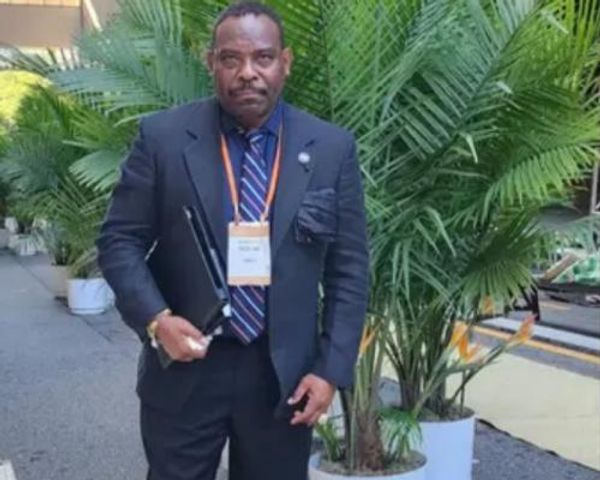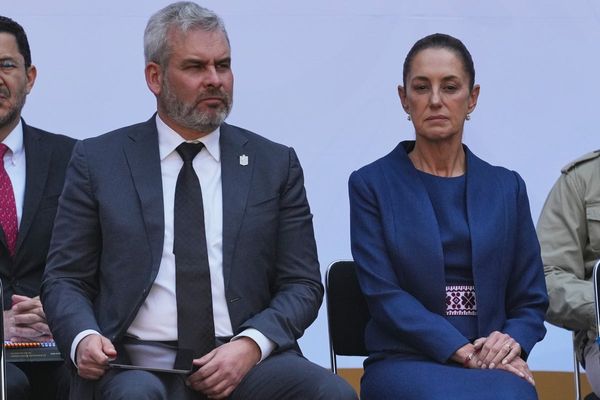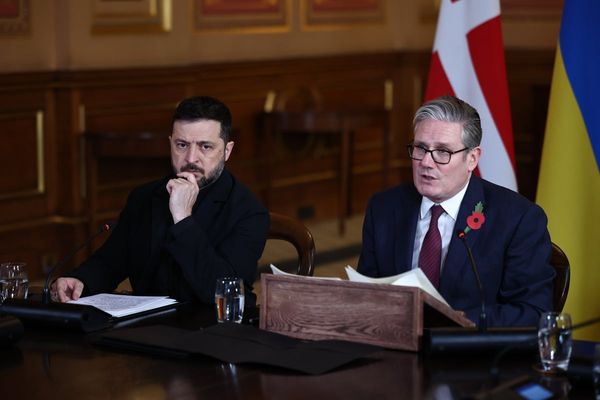Put those of a football background and others of a sports science education in the same room and you’d most likely be guaranteed fireworks. Well, certainly in some quarter of Scottish football.
It’s not exactly a component of the modern game that have been widely accepted by supporters, pundits, or indeed some members of the media in these parts.
A glance back a little over six months ago is all that’s required as evidence of the reaction to Philippe Clement’s assertions that he could not field some of his best players in an important fixture for Rangers due to advice from his sports science team.
The naysayers remain, however, there are more pertinent reasons as to why Scotland, while learning to progress, is so far behind the Premier League and other elite footballing nations in this field.
“I’ll be careful here, because obviously I work with a lot of football clubs! Why do I think that occurs? Perhaps for two reasons,” Vish Unnithan, Professor of Paediatric Exercise Physiology at University of the West of Scotland, said.

“If you’re in the English Premier League, you probably have the budget to be able to devote a huge amount of money to evaluations of players and so on and so forth.
“I know that does happen in Scotland as well. But say, for example, you went down in the English pyramid, even to the Championship, you know, I look at the budgets that the Championship clubs are able to devote to sports science and I’m thinking ‘wow, in some cases, that’s superior to what Scottish Premiership clubs can devote to sports science’. So one of the reasons is quite pragmatic.
“Second reason is it’s probably fair to say there are some coaches, not all, are from a different generation where sports science wasn’t as important. The reason it wasn’t as important in those days was the volume of matches maybe wasn’t as high, or maybe it was comparable to now, but absolutely not.
“The intensity in those days wasn’t anywhere near what it is now. So maybe even in those days, you probably didn’t need to be so forensic about the sports science side. Now, with the way the intensity of the game is, you do have to have some mechanisms in place to be able to safeguard the health and welfare of players, as well as make sure that you’re winning football matches as well.
“I would say in Scotland, things are changing. I know clubs in League Two. They can’t afford a full-time sports scientist, but they can afford a part-time sports scientist that comes in and supports them.
“It is here. And obviously, the top clubs, Rangers and Celtic and Hearts and Hibs, they probably have a budget and an infrastructure that will probably be able to support sports science. I believe Aberdeen as well have redone their training ground and it’s absolutely top class as well.”
Professor Unnithan organised the World Congress of Science and Soccer 2025 in Glasgow last week.
Held at Ibrox Stadium and Celtic Park, 260 people from 26 countries networked, interacted with industry professionals and listened to seminars by expert researchers.
Clubs such as Liverpool, Nottingham Forest, Borussia Dortmund and Fiorentina had representatives present across the four-day spectacle, mainly facilitated by UWS as academic hosts.
“Be it academy football, men’s first team, women’s football, the game in and of itself is changing out of all recognition,” Vish explained when asked what the conference delivered. “And therefore, the science around it has to adapt too.
“For example, the increases in intensity in the men’s game, the women’s game, and the volume of fixtures that are now played across men’s and women’s elite football. That necessitates a constant, I would say, upskilling of the individuals who work in and around football.
“This conference is a chance for scientists and practitioners that work in and around football, or all the domains, be it sports science or psychology or sports medicine, to come together and to share developments in soccer science.
“As scientists, we’re not going to be able to affect that calendar, which is also true for cricket, by the way. If you look at the elite cricketers, they’re pretty much playing 11 and a half months a year as well. We can’t. We’re just scientists. So we have to respond to the changes that are taking place.
“And whether that’s through, you know, as is reflected in the conference, we’re talking about recovery and readiness to play. That’s one of the themes. We’re talking about the area that I’m interested in.
“I’ve done a lot of published research in the area of cardiac adaptation, positive cardiac adaptations of the heart in response to high volume soccer training in young academy players, male and female.
“We’ve got sessions on illness and injury in the elite women’s game as well, because what’s happened in the men’s game, you can track that straight across to the women’s game now in terms of the intensity of play, in terms of the volume of matches that are being played as well.
“We are covering all the major areas, along with things like talent identification and talent development. What are the current methodologies that are being used across the world?
“And of course, we’re talking about strength and conditioning, which is an incredibly important part of soccer science, and other huge parts of elite football, including data analytics and performance analysis.”

In recent years, the relationship between both clubs has been fractured with various rows over ticket allocations and indeed cutting away tickets from the derby fixture altogether, among many other things, leading to scrutiny of those in power, who simply haven’t seen eye-to-eye.
Professor Unnithan – who has collaborated with both Glasgow sides as well as English Premier League and Championship clubs – was extremely complimentary of either side of the Glasgow divide, explaining they willingly came together to help push this project, perhaps allowing outsiders an insight into a healthier association at boardroom level between the two.
He added: “I have such a good relationship with Celtic all the way up to chief executive level with Michael Nicholson and they were so supportive of the conference.
“So Thursday and Friday, we were at Celtic Park and Tuesday and Wednesday, it was Ibrox. This was through the previous chief executive, Stewart Robertson, and the previous chairman, John Bennett. I supervised John’s daughter at UWS, so there was a connection there.
“Also, one of my former undergraduate students at Liverpool Hope University, when Steven Gerrard was at Rangers, was head of sports science on Steven’s staff. So that’s the Rangers kind of connection.
“On the Celtic side of things, I’ve got multiple PhD students who are working and have worked in the boys’ academy and one of them has gone on to become Celtic’s first team men’s nutritionist and the other has just been appointed one of Celtic’s first team sports scientists.
“That’s the kind of background in terms of the relationship I have with both clubs and so they were massively supportive of the bid.
“It was kind of you in one of those moments where the whole Celtic and Rangers thing, that never came up. It was all about what was for the good of football, for the good of football science. They were willing to support my bid, which they both deserve credit for.
“I was the sort of conduit between both clubs, but there was never, ever a sense of any sort of competition between the two, none.
“It was just all about ensuring that the delegates got the best possible embedded, and I think that’s the key word for this conference. It’s an embedded football conference.
“So, you know, other conferences I’ve been to, they’re in the convention centres and so on, but the topic of this conference is football science and so it absolutely had to be in the two stadia.
“They’ve been wonderful both clubs for me to work with. Absolutely wonderful.”
Joined by co-chairs Dr Mike King, and Dr Antonio Dello Iacono of the University of Glasgow and UWS, the conference allowed students from the latter to volunteer at the event, and even speak.
Allowing them unforgettable experiences to network with sports scientists and other academics within the field, the students and various other attendees were treated to a talk by Professor Mark Williams, who addressed the future of talent identification and development in football.
“We’ve got a lot of our students who are actually the volunteers for this conference, because the one thing is, for a conference of this sort of magnitude, you have to have the infrastructure in place,” Vish added.
“So, after they finish as an undergraduate student, or they complete their PhD, they can, through this conference, make those connections, which are really crucial if you want to have a career ultimately working within the football industry.”
To find out more about studying or researching sport, exercise and health at UWS, click/visit here: https://www.uws.ac.uk/about-uws/academic-schools/school-of-health-life-sciences/sport-exercise-and-health







